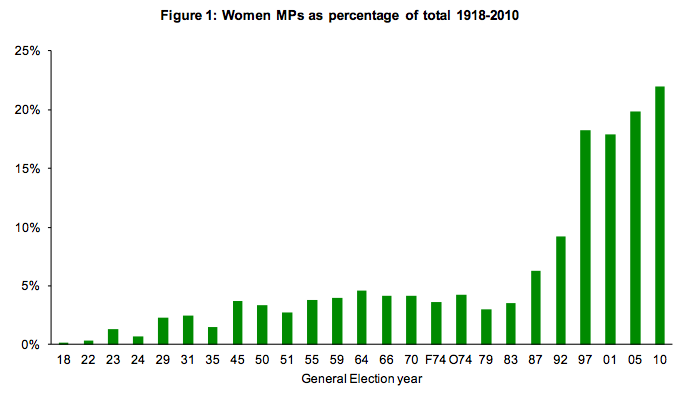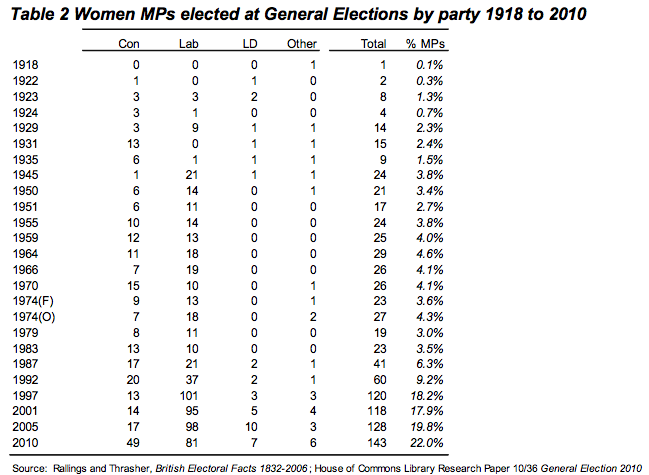Women's rights: separating fact from fiction
When in December a woman from New Delhi died of her injuries as a result of being raped and beaten in a bus, the worldwide indignation and uproar that ensued created fertile ground for campaigns like One Billion Rising.
The campaign's name is based on the claim that globally, one woman in three has been beaten, coerced into sex or abused in some way. As women comprise roughly 50% of the world's population, which is approximately 6 billion (although more recent estimates point to 7 billion), one in three women being subject to abuse means a staggering one billion globally. But is the claim as back-of-the-envelope as it seems?
The campaign's website cites a 2003 United Nations Development Fund for Women (UNIFEM) report on Violence Against Women as the origin of this figure. However, the original source is actually a 1999 research paper published by the Centre for Health and Gender Equity (CHANGE). Although 14 years have passed, violence against women has remained a pressing issue globally.
The '1 in 3' figure is reached by averaging polls from different countries, which show a range from "10% to over 50% of women [who] report being hit or otherwise physically harmed by an intimate male partner at some point in their lives." Some of these polls are quite old, dating back to as early as 1982.
Not all statistics related to issues that affect women are quite so fuzzy and outdated. Sometimes, to get a clearer and more complete picture, it's better to zoom in and to focus on specific areas.
"Last year, more than 100 women were killed by men in the United Kingdom." Claire Perry MP, Prime Minister's Questions, House of Commons; March 6 2013
This is true. The latest crime statistics for 2011/12 reveal that last year 108 women were killed by either their partner or a stranger.
Last month the Office for National Statistics (ONS) released its statistical bulletin on Violent Crime and Sexual Offences for 2011/12 which revealed that women are most likely to be killed by a partner or ex-partner (51% of all homicides). In general, female victims are more likely than male victims to be killed by someone they know, and around three-fifths (59%) of female victims aged 16 or over had been killed by their partner, ex-partner or lover (88 offences). The report also reveals that 20 females aged 16 and over were killed by strangers.
"Just 22.5% of parliamentarians elected in 2010 [in Britain] were female — far behind, for example, Rwanda — where over 56% of representatives are women." Baroness Sayeeda Warsi, The Guardian, March 8 2013
This is also true. There are currently 146 female MPs and 504 male MPs. Here is how the number of female MPs has changed over the years, since Nancy Astor was first elected and took her seat in 1919.
Firstly, as a percentage of the total number of MPs:

And then, as the total number by party:

"The low representation of female MPs in our parliament puts us at a ranking of just 57th in the world." Sayeeda Warsi, The Guardian, March 8 2013
When it comes to women's representation in Government, Parliament or Congress, according to data compiled by the Inter-Parliamentary Union, Rwanda, Cuba and Andorra occupy the top three spots. The United Kingdom is indeed 57th - along with Pakistan, where the National Assembly (i.e. the 'lower house') is also comprised of 22.5% women.
---
Flickr image courtesy of Jonatha_W